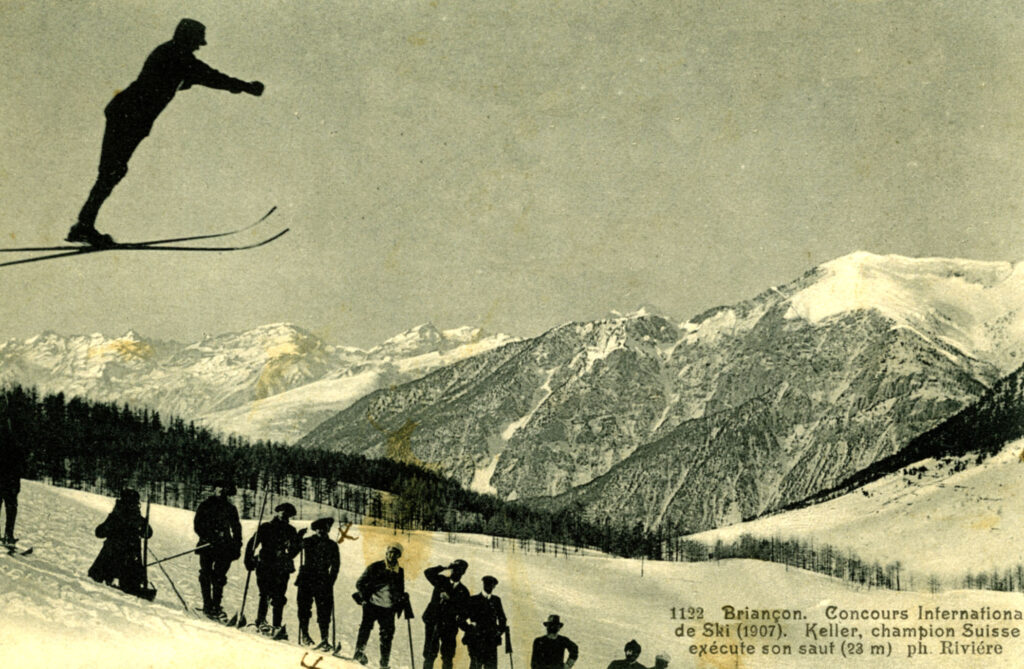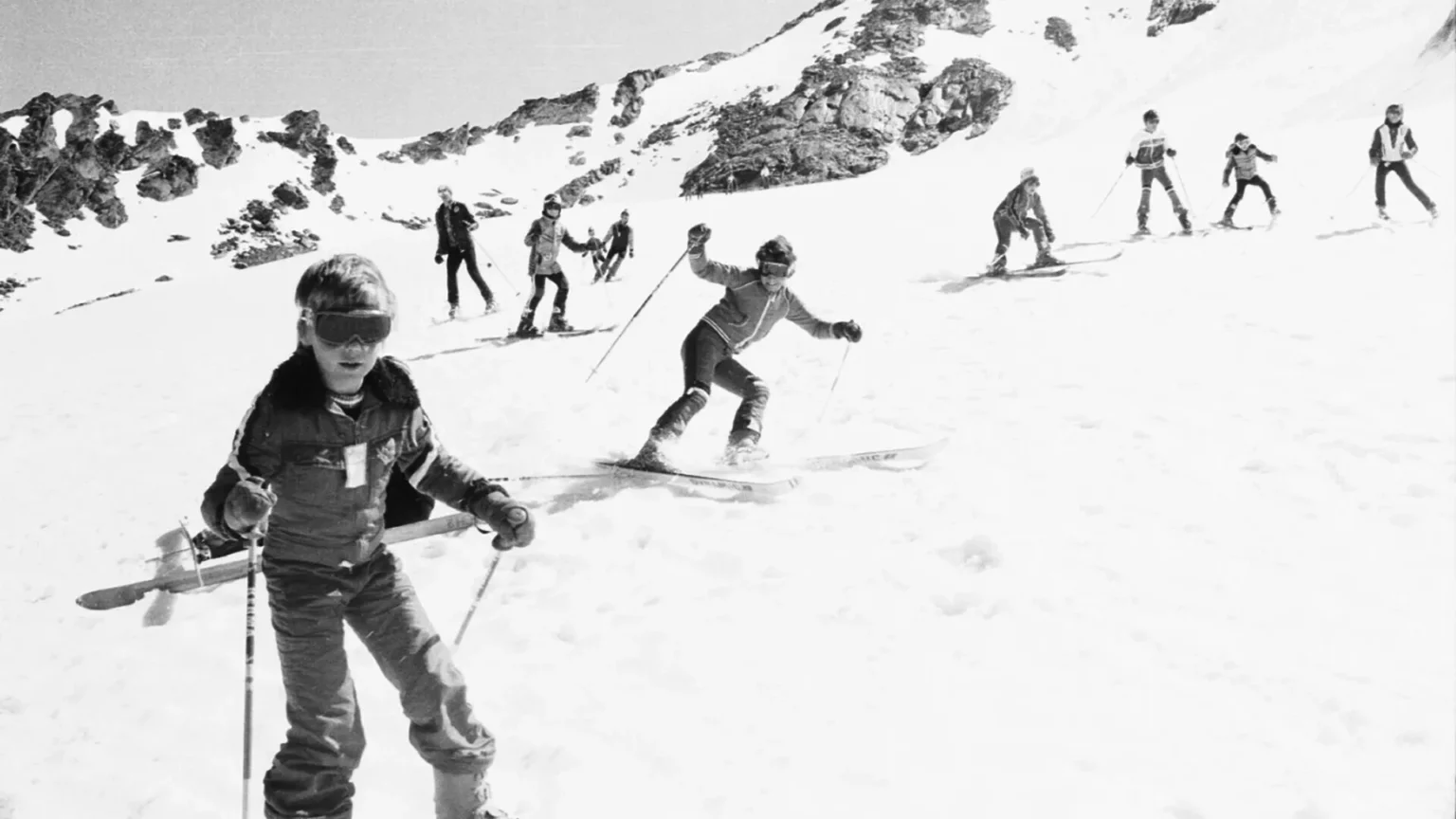Since the first tourists seeking thrills in snowy mountains in the XIXᵉ century, Alpine villages have evolved into modern ski resorts. Between traditions, technological innovations and contemporary challenges, this retrospective explores how these small rural settlements have been transformed into popular destinations for winter sports enthusiasts.
At the end of the XIXᵉ century, skiing, which originated in the Nordic countries, reached the French Alps. The first enthusiasts, often mountaineers, saw it as a way of getting around snow-covered mountains.
READ MORE: Once upon a time: Davos (Switzerland), the very first ski resort to see the light of day
Skiing soon became a leisure activity, attracting a wealthy clientele in search of new sensations. Alpine villages, which until then had focused on agriculture and livestock farming, began to welcome these first winter tourists.
The birth of the first winter sports resorts
Since 1907, Montgenèvre was the first to emerge. In the 1920s and 1930s, villages such as Megève and Chamonix were transformed into winter sports resorts. Megève, for example, was developed at the instigation of Baroness Noémie de Rothschild, who wanted to create a French alternative to Saint-Moritz in Switzerland.
These resorts combine the charm of traditional villages with dedicated ski facilities, attracting a wealthy clientele and helping to popularise winter sports in France.
The post-war period: the industrialisation of ski resorts
After the Second World War, the democratisation of leisure activities and improved means of transport led to a boom in winter sports. The 1960s and 1970s saw the creation of so-called "third generation" resorts, built ex nihilo at high altitude to guarantee optimum snow cover.

Stations such as La Plagne, Les Arcs or Flaine illustrate this period, characterised by functional architecture and massive accommodation capacity. These developments responded to growing demand and profoundly transformed the economy and landscape of the regions concerned.
The first winter openings
The first resorts generally opened in December, depending on snow conditions. With advances in technology, particularly artificial snowmaking, and changes in skiers' expectations, opening dates have gradually been brought forward.
Today, some stations such as Tignes or Val Thorens open from the end of November, offering an extended ski season and meeting increased demand from winter sports enthusiasts.
Contemporary challenges and the future of ski resorts
Faced with climate and environmental challenges, ski resorts are having to rethink their economic model and their ecological impact. Diversifying activities, adapting infrastructures and preserving the environment are all key concerns today.
READ MORE: What is Snowfarming, this technique for conserving snow from one year to the next?
Initiatives are emerging to develop sustainable tourism, guaranteeing the future of resorts and preserving mountain ecosystems.

